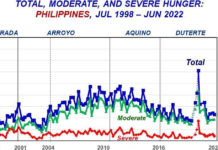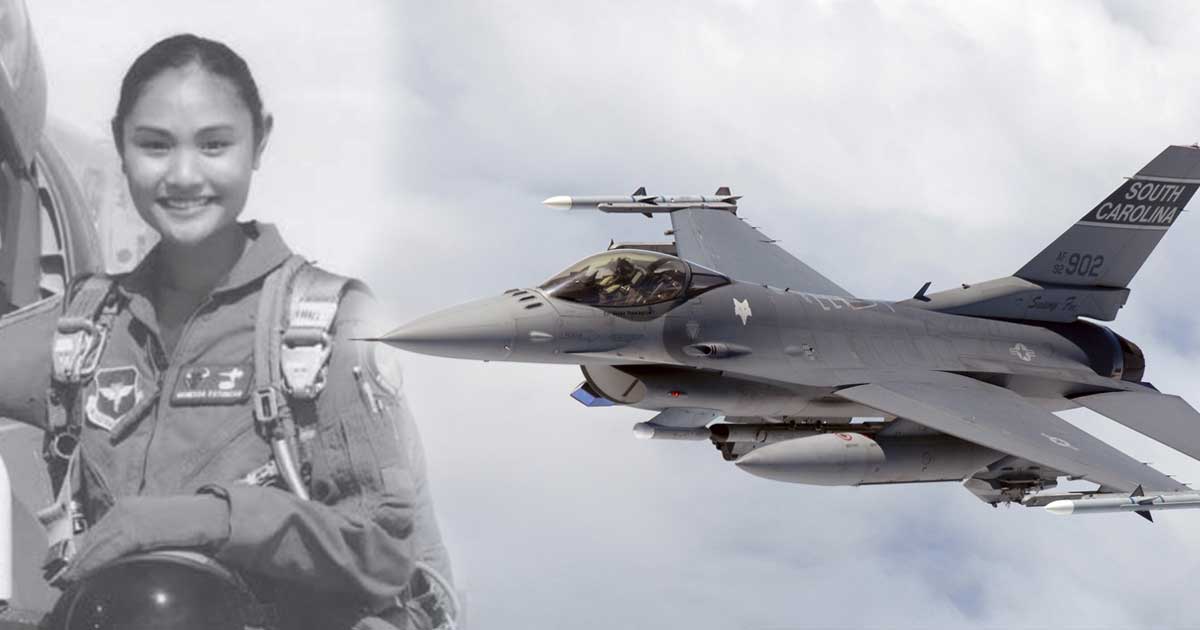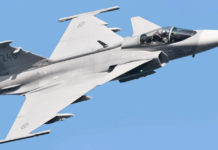
MANILA, Philippines — The Department of Science and Technology (DOST) has unveiled a plan to launch the country’s very own micro-satellite by next year and another one in 2017 as part of disaster-mitigation efforts among other possible applications.
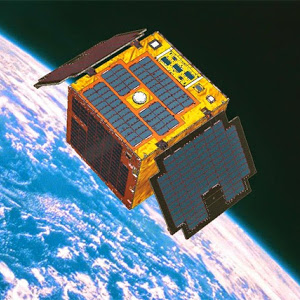
The DOST-Philippine Council for Industry, Energy, and Emerging Technology Research will spearhead the initiative in collaboration with the University of the Philippines and with technical and research support from the Hokkaido University and Tohoku University.
A micro-satellite weighs around 50 kilograms only – considerably lighter and smaller than ordinary satellites. This makes it cheaper to launch but still provides sufficient observational data such as pictures and measurements.

According to Japanese Asahi Daily, the first Philippine-made micro satellite is going to be an updated version of Rising-2. It will be 55 centimeters long, 35 cm wide and 55 cm high, weighing some 50 kilograms with four cameras. The first micro-satellite, PHL-Microsat-1, nicknamed Diwata, will be launched into space in 2016. It will most probably hitch a ride to the International Space Station (ISS) on Japan’s H-IIB space launch system. From the ISS, Diwata will then be placed in Low Earth Orbit (LEO)
Diwata will be able to capture up to 3,600 images daily using a High Precision Telescope and a Spaceborne Multispectral Imager. These photos can be used for disaster preparedness and response, environmental conservation and analysis as well as security purposes among others. The Diwata’s receiving station, Philippine Earth Data Resource and Observation (PEDRO), will be based at Subic.
The program is also supported by the Japan Space Exploration Agency (JAXA) as well as the three universities mentioned above. Aside from training 10 Filipino students in creating and operating micro-satellites, they will also shoulder more than ₱500 Million or the ₱840.82 Million of the program’s budget.
Next PHL-Microsat-2 is also in the pipeline and will be launched in 2017. however, detailed specification and its nickname are yet to be announced.
The Japanese support the project because it will help aid in the Japanese-led initiative of establishing the Asian Microsatellite Consortium (AMC). The consortium already includes micro-satellites of Indonesia, Vietnam, and Thailand.
“We want to have better coverage. We can establish, one day, the common methodology and we can use it together. If we use separate type of sensors, we cannot share the data,” said Professor Yukihiro Takahashi of Hokkaido University’s Space Mission Center.
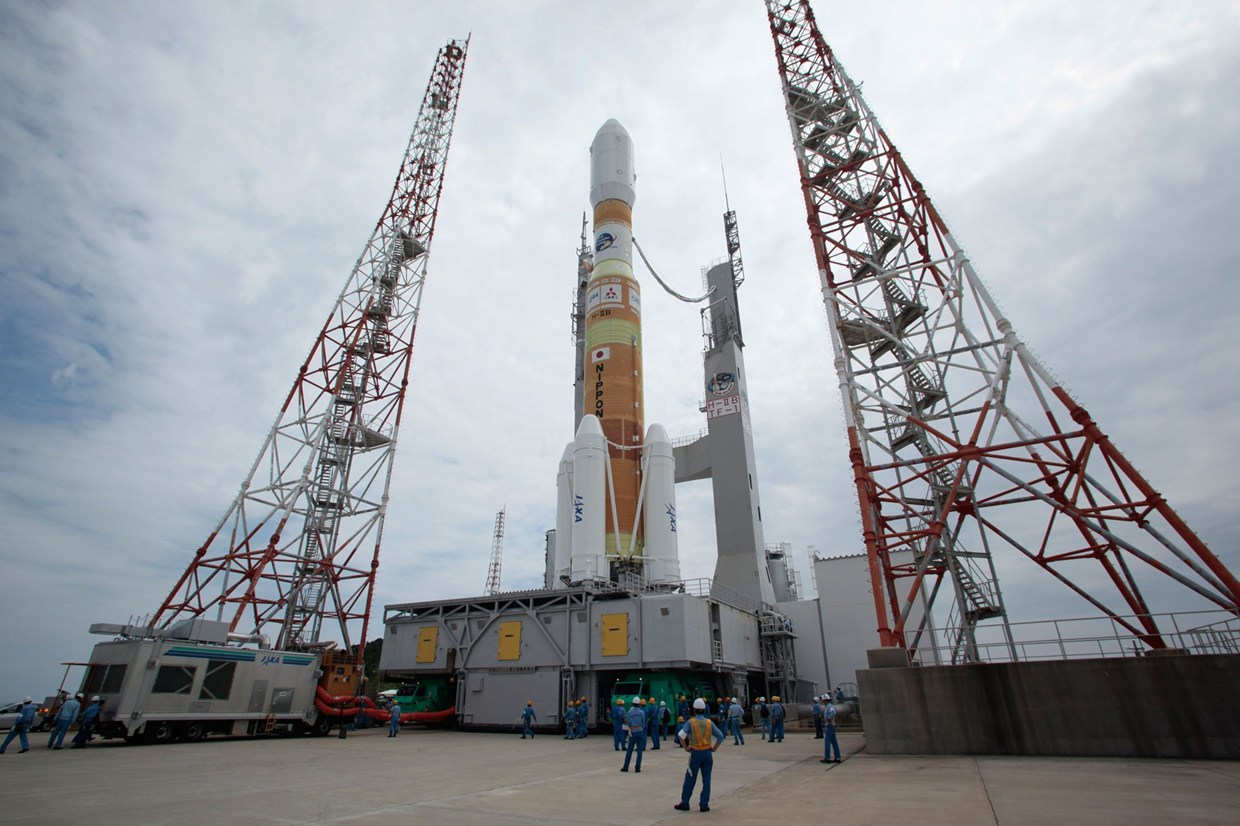
DOST Undersecretary Rowena Guevarra, however, is hoping that Congress will support the program by enacting an enabling legislation to establish a space policy and space agency of the country, which has already been done by our regional peers like Indonesia and Vietnam.
DOST is optimistic that the satellite program will provide a big boost to the country’s disaster risk response by provision of real-time geo-spatial data and enhanced weather-prediction capabilities. In addition, the satellite data may also be used for other applications such as in agriculture, forest cover monitoring, even surveillance and security.








